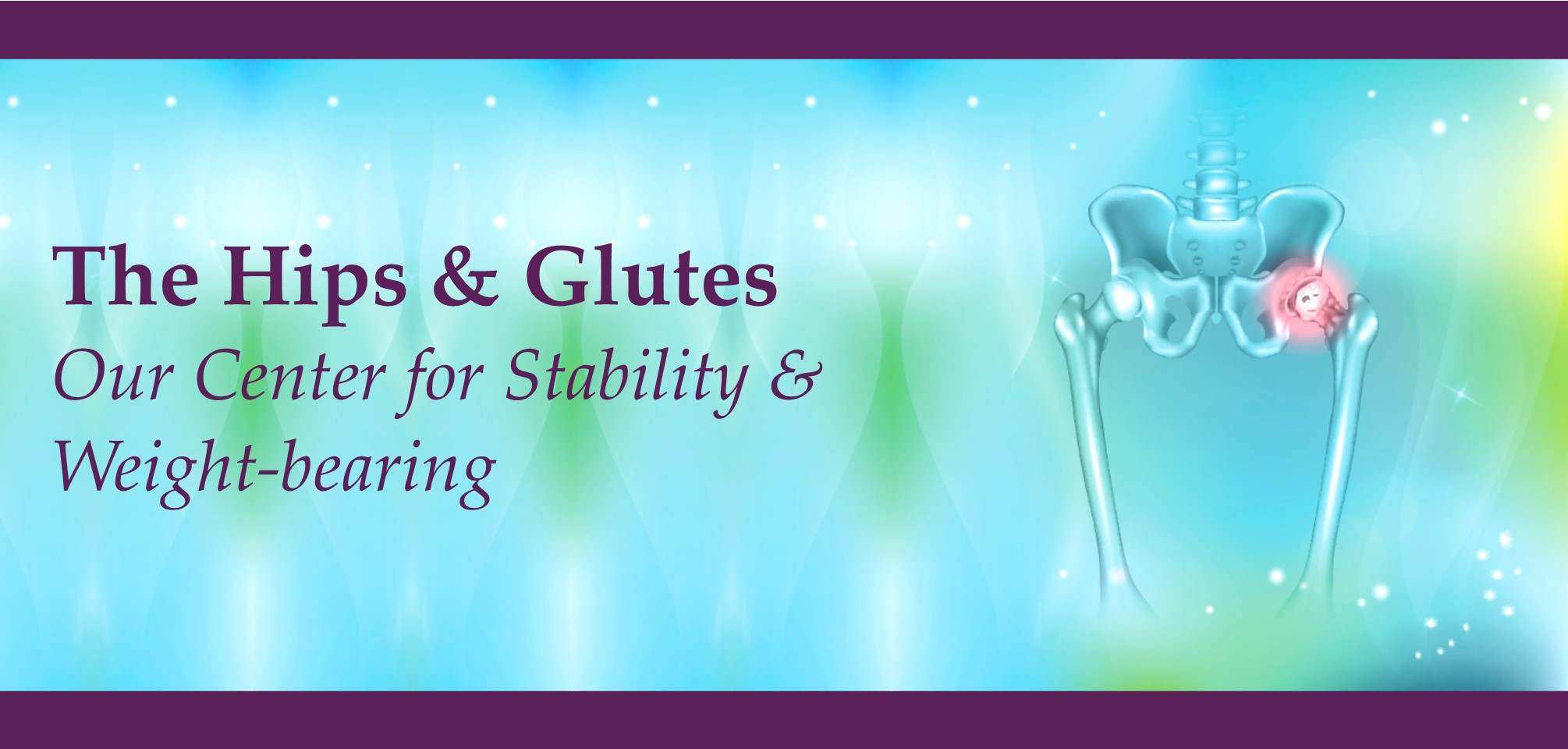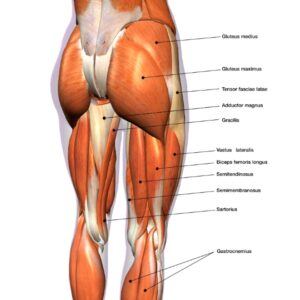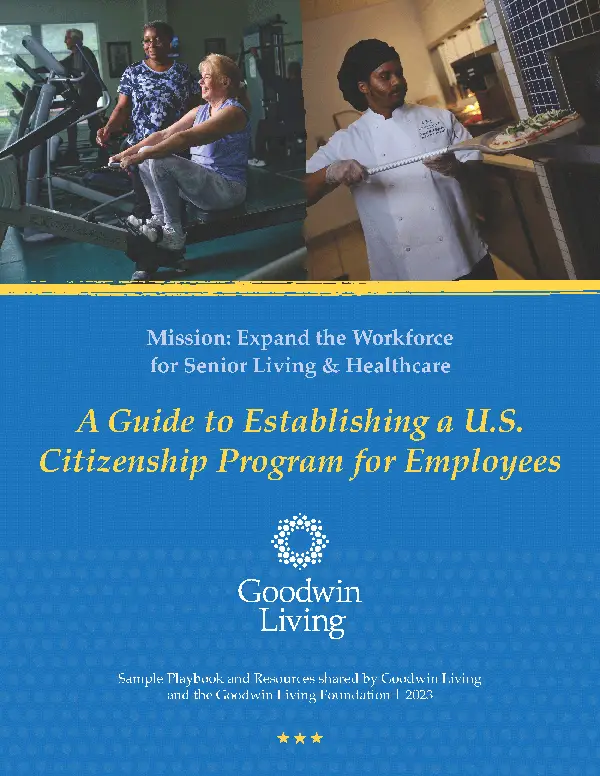
Live Vibrantly - March 15, 2021
by Leslie LaPlace
As we continue to build our foundational understanding of human anatomy from the ground up, we arrive at the hips and glutes. We have covered the foot and the ankle and the legs. This part of our anatomy is much more complex in musculature. Keeping our hips and gluts healthy as we age can lend not only to increased stability, it might help keep us from the mental and emotional effects of a hip fracture in our later years.
In addition to connecting our upper body with our lower body, the hips are designed for stability and weight-bearing. The glutes do their part by helping to move and stabilize the hips.
Let’s take a look at the muscles and bones of the hips and glutes and how they work together. I’ll also touch on some common problems and offer exercises and stretches to strengthen these areas (so keep reading to the end for those video links).
Let’s start by looking at the structure of the hips.
The hip is formed where the thigh bone (femur) connects with the three bones of the pelvis: the ilium, the pubis (pubic bone) and the ischium. These three pelvic bones form the acetabulum, a deep socket where the top of the thigh bone (the ball) fits into the socket. We commonly refer to putting our hands on our hips, though, technically, our hands are often placed on the ilium, not the hip, when we strike that pose.

The actual hip is where the head of the thigh bone meets the pelvis. The outside bony prominence of the thigh bone is the greater trochanter. This is the prominent part of your hip that you can actually feel on the outer part of your thigh. The lesser trochanter, on the inside, serves as the attachment site of the iliopsoas tendon, one of the muscles that allows you to bend your hip. The lowest part of the ischium is most commonly referred to as the “sit” bones (ischial tuberosity), and they absorb your weight when sitting.
When talking about the hip muscles, we refer to a broad group of almost twenty different muscles that enable the full range of motion of the ball and socket joint of the hip:

Muscles surrounding the hip joint include:
I discussed the quadriceps and hamstrings in Part 2 of this series. To keep from getting into the weeds, I’m going to highlight a few of the other major muscles involved in hip motion:
Hopefully you’re starting to see how our bodies function as well-oiled machines—we just need to remember to keep them oiled!
Hip problems occur when any one of these components starts to degenerate or is in some way compromised. And, when the hip joint becomes inflamed and painful, you might feel pain in your back, buttocks or down your leg.
One of the things you can do to prevent this is to care of your glutes and hip flexors (psoas, quadriceps) as they are responsible for powering almost every movement we perform, whether that be running, jumping or walking. When our glutes and hip flexors are strong and flexible it allows us to perform the movements of daily life efficiently and without pain. Sitting for long periods of time causes your hip flexors to become shortened and eventually weaken because they’re not being used. When the hip flexors are “turned on” as you’re seated, the opposite muscles – the glutes – will relax and, over time, weaken as well.
So, what can you do to help keep the hip area strong and flexible to allow for optimal mobility? You can start by following me in this video as I walk you through exercises and stretches that you can do to help keep your hips healthy. You can also watch this educational video on sciatica piriformis.
Let’s hear hip, hip hooray for our wonderful hips.
As always, this advice should not take the place of contacting a medical professional in the event you are experiencing any pain or discomfort. Before engaging in any exercise routine, please consult your doctor.
Leslie LaPlace, Fitness Manager at Goodwin House Alexandria, is self described recovering Software Development Project Manager. Leslie parlayed a lifelong love of and belief in the restorative power of exercise into a satisfying career working with adults ages 55 and older. She believes that staying active can help reduce aches and pains—It’s also a great anti-aging remedy. She has more than six years’ experience working with seniors at Arlington County, The Jefferson, Goodwin House Bailey’s Crossroads and Goodwin House Alexandria. Leslie is a certified personal trainer and aquatic instructor who loves creating a positive and fun training experience. She believes that it’s never too late to improve your strength and balance!
